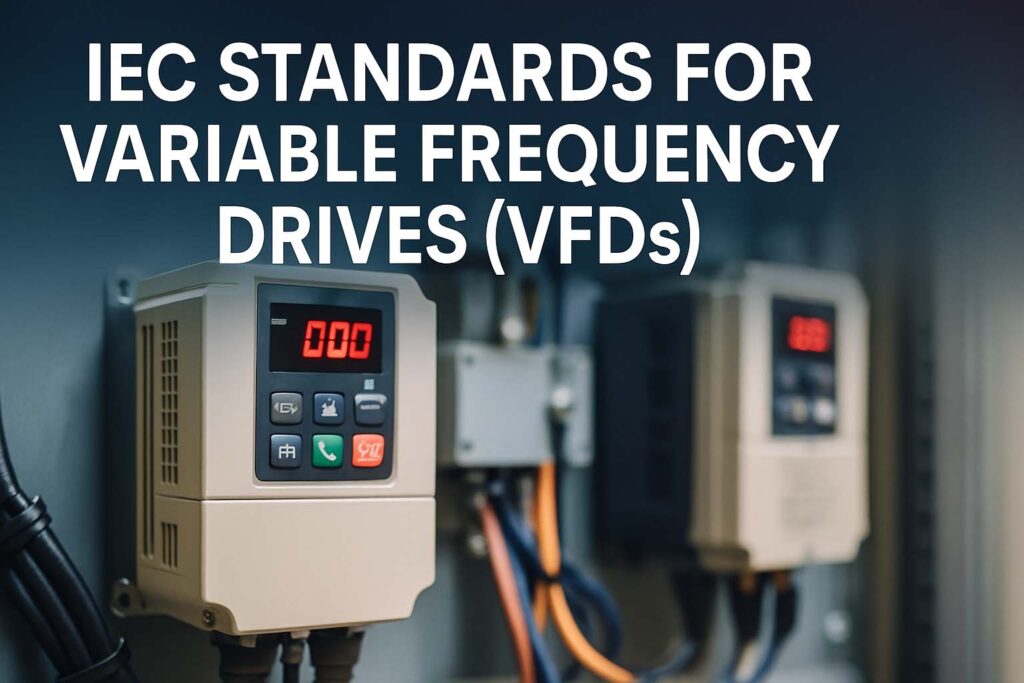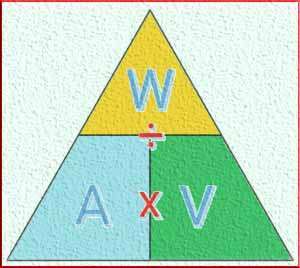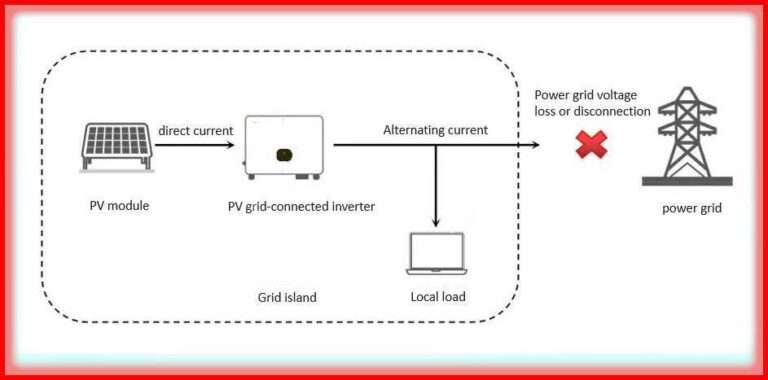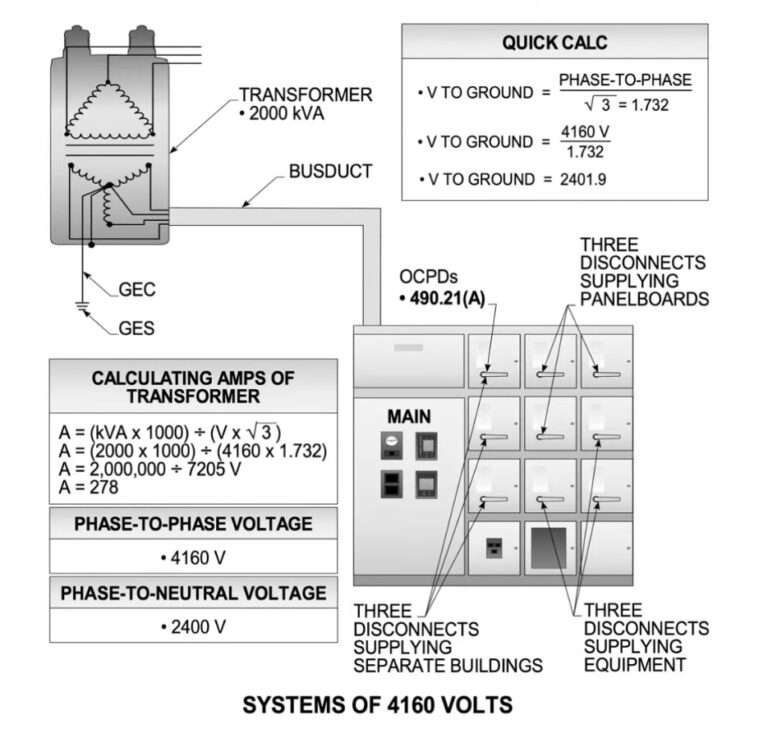IEC 60204-1: Safety of Machinery and Electrical Equipment Design
In industrial environments, safety is always the top priority. One crucial standard that governs electrical safety in machinery is IEC 60204-1. This standard provides clear guidelines for designing electrical equipment in machines. It ensures that workers are protected and that machines run reliably and efficiently.

IEC 60204-1 is not just a set of rules. It’s a foundation for building safe, compliant, and future-ready machinery. Whether you’re an engineer, technician, or equipment manufacturer, understanding this standard is vital. Let’s explore what makes this standard important, how to apply it, and the technical insights you need to implement it effectively.
What is IEC 60204-1?
IEC 60204-1 is an international standard developed by the International Electrotechnical Commission (IEC). The full title is “Safety of Machinery – Electrical Equipment of Machines – Part 1: General Requirements.”
This standard outlines the basic electrical safety requirements for machinery. It applies to the electrical, electronic, and programmable electronic equipment used in industrial machines.
The aim is to protect:
- Operators and maintenance personnel
- Equipment and installation
- The surrounding environment
Why IEC 60204-1 Matters
Many industrial accidents occur due to poor electrical design. IEC 60204-1 helps reduce those risks by providing guidelines on wiring, protection, control systems, and grounding. When applied correctly, it boosts reliability, reduces downtime, and ensures compliance with local and international regulations.
Industries like manufacturing, packaging, robotics, and automation benefit immensely from adhering to this standard.
Scope of IEC 60204-1
IEC 60204-1 applies to machines operating at voltages up to 1000 V AC or 1500 V DC. It includes both fixed and mobile machines. The standard covers all types of industrial equipment, including:
- CNC machines
- Assembly lines
- Robotic arms
- Industrial washing machines
- Packaging machines
It does not apply to hand-held tools, household appliances, or machines powered directly by public low-voltage supply systems.
Key Technical Requirements in IEC 60204-1
Power Supply and Protection
Machines must be designed to operate safely under normal and abnormal conditions. This includes ensuring correct voltage levels, frequency, and grounding. The table below summarizes some key electrical limits:
| Parameter | Value (AC) | Value (DC) |
|---|---|---|
| Maximum Operating Voltage | 1000 V | 1500 V |
| Control Voltage Range | 24 V to 230 V | 24 V to 110 V |
| Grounding Resistance Target | < 1 Ohm | < 1 Ohm |
Protection must be provided against:
- Short circuits
- Overloads
- Electric shocks
Protective Bonding
A protective bonding circuit ensures that exposed conductive parts cannot become live. IEC 60204-1 requires all exposed metallic parts of the machine to be bonded and connected to a reliable ground.
Proper earthing reduces the risk of electrical shock. It also ensures the effectiveness of protective devices like circuit breakers.
Emergency Stop Function
Emergency stop devices are mandatory under IEC 60204-1. These devices must:
- Be clearly visible
- Be easily accessible
- Stop all dangerous movements when pressed
The emergency stop must override all other functions without causing additional hazards.
Control Circuits and Safety
Control circuits are essential for safe machine operation. According to IEC 60204-1, control circuits must:
- Operate at safe voltages (usually 24V DC)
- Be protected against faults
- Not allow automatic restart after power loss
Manual reset and interlock functions are recommended to prevent accidental restarts.
Electrical Enclosures and Wiring
Wiring should be neat, labeled, and protected. All cables must be rated for the voltage and current they carry. The standard also recommends:
- Color coding for different voltages
- Shielded cables for signal lines
- Proper separation of power and control cables
Enclosures must provide adequate ingress protection (IP rating) based on the machine’s operating environment.
Documentation and Marking
Proper documentation is a critical part of IEC 60204-1. Every machine must include:
- Electrical schematics
- Wiring diagrams
- Component lists
- User manuals
Clear and durable labeling of all electrical components is also required.
Related Standards and Compatibility
IEC 60204-1 aligns with several other international standards, such as:
- ISO 13849-1 – Safety of control systems
- IEC 61439 – Low-voltage switchgear and controlgear assemblies
- IEC 60947 – Low-voltage switchgear devices
Together, these standards ensure full machine compliance and reduce design conflicts.
Common IEC 60204-1 Compliance Mistakes
Even experienced engineers can make mistakes when applying IEC 60204-1. Here are a few common pitfalls:
- Using incorrect wire sizes
- Ignoring control voltage separation
- Failing to provide proper grounding
- Overlooking emergency stop accessibility
- Not maintaining updated documentation
Avoiding these mistakes ensures both safety and compliance.
Benefits of Complying with IEC 60204-1
Adopting IEC 60204-1 provides multiple advantages:
- Enhanced Safety: Reduces the risk of electrical hazards
- Legal Compliance: Meets international and regional safety laws
- Improved Reliability: Lowers the chance of electrical failure
- Cost Savings: Fewer accidents and downtime
- Better Market Access: Easier certification and product approval
These benefits make it an essential standard for anyone involved in machine design or maintenance.
How to Implement IEC 60204-1
Implementing this standard requires a systematic approach. Here are some simple steps:
- Understand the Standard: Read the full document and identify applicable parts.
- Assess the Equipment: Review existing designs and note deviations.
- Plan the Electrical Design: Include protective devices, proper enclosures, and control systems.
- Install According to the Guidelines: Follow wiring and labeling practices.
- Test the System: Verify grounding, insulation, and circuit protection.
- Maintain Documentation: Keep everything updated and available.
For complex machines, it’s best to involve a certified electrical safety consultant.
Industries That Must Use IEC 60204-1
This standard is especially important in the following sectors:
- Automotive manufacturing
- Aerospace engineering
- Pharmaceutical production
- Food and beverage processing
- Heavy equipment manufacturing
These industries demand high safety and reliability. Compliance with IEC 60204-1 is often a legal and insurance requirement.
Final Thoughts on IEC 60204-1
IEC 60204-1 is a cornerstone in the world of machinery safety. It not only protects people but also improves machine uptime and reliability. By following its guidelines, engineers and manufacturers can ensure that their machines meet international safety standards.
This standard is not just a document—it’s a mindset. A mindset that puts safety, quality, and performance first. Whether you’re designing a new machine or upgrading an existing one, start with IEC 60204-1.
Understanding and applying this standard ensures that your machinery is safe, efficient, and globally competitive. It’s more than just compliance. It’s a commitment to excellence.
By keeping IEC 60204-1 in focus, you protect your workforce, extend your equipment life, and boost your organization’s credibility in the market.
Follow Us on Social:
Subscribe our Newsletter on Electrical Insights to get the latest updates in Electrical Engineering.
#IEC60204, #MachinerySafety, #ElectricalSafetyStandards, #IndustrialAutomation, #MachineDesign, #ElectricalEquipment, #SafetyCompliance, #ControlPanelDesign, #FunctionalSafety, #RiskAssessment, #IECStandards, #ElectricalEngineering, #SafetyOfMachinery, #MachineryDirective, #ElectricalControlSystems





